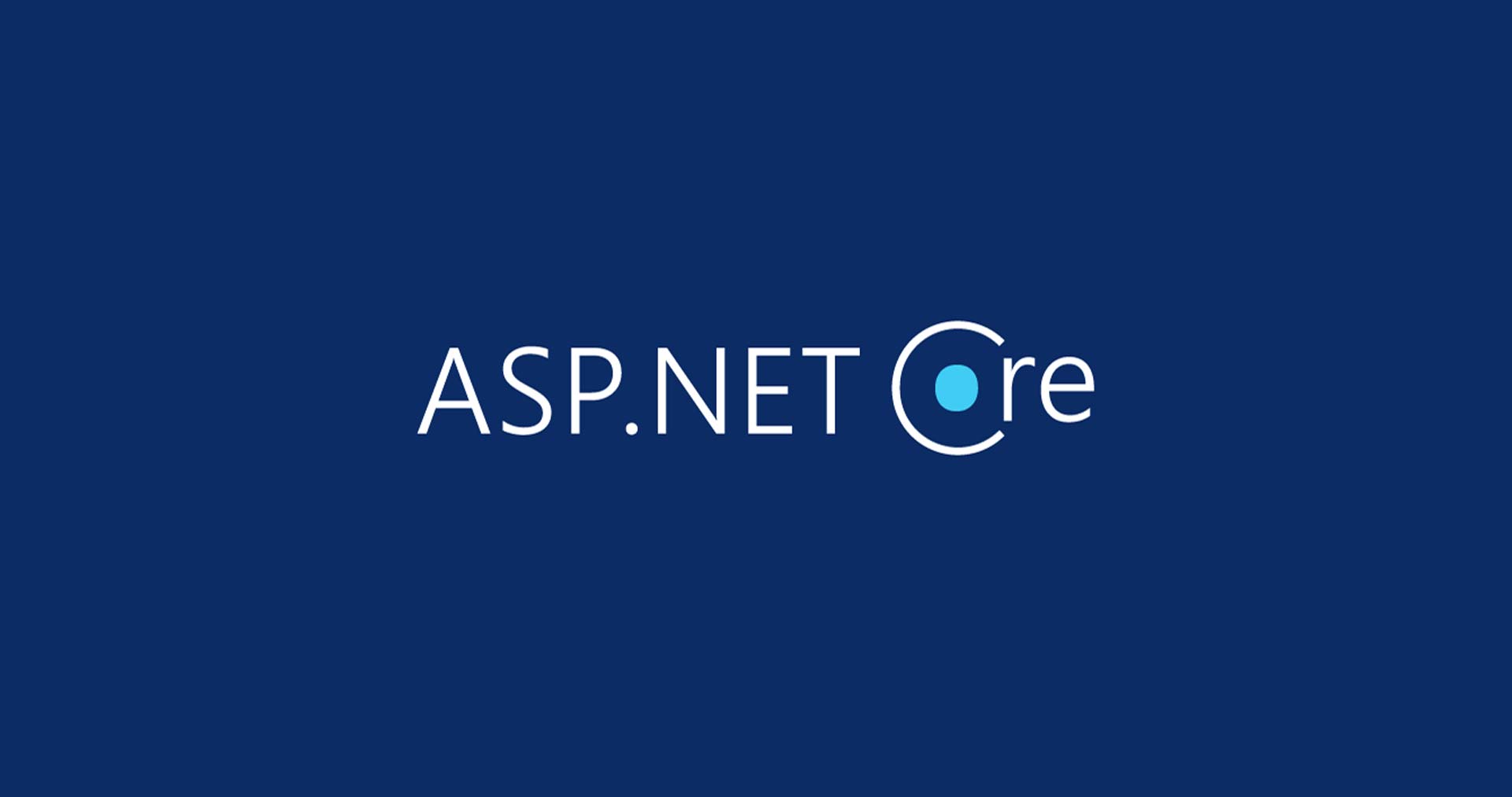One essential software testing method is static testing, which looks at a program and its documentation without running the code. Static testing is different from dynamic testing, which involves running the software to find errors. Static testing, on the other hand, uses reviews and analysis to find defects early on. Static testing is included in the software development lifecycle (SDLC) since it improves code quality, reduces the cost of development, and enhances the reliability of software overall.
What is Static Testing?
Static testing means testing the software documentation, like source code, design documents, and test cases, without program execution. It’s also called verification testing or non execution testing. The objective is to find errors, unclear parts, or inconsistencies at an early stage of development, when they are simplest and cheapest to fix.
This contrasts with dynamic testing, which is performed by executing the code in order to discover defects such as bugs or performance defects. Conducting static and dynamic testing assists in ensuring that the software has high quality. Static testing is particularly effective for discovering defects that may not be discovered by dynamic testing, including defects in design or documentation.
Objectives of Static Testing
- Find problems early: Catch design or code issues before they turn into bigger issues later.
- Improve code quality: Make sure the code is clean, rule conidening, and free of simple bugs.
- Reduce development time: Fixing issues early avoids delays down the line.
- Reduce cost: It is much cheaper to fix issues upfront than it is after releasing the software.
- Better teamwork: Reviews allow team members to pick up good ideas from one another and work more effectively.
Static Testing Techniques
Static testing uses two major methods: Reviews and Static Analysis.
1. Reviews
Team members manually review documents like requirements, designs, and test cases to detect faults.
Types of Reviews
- Informal Reviews: Quick, casual comment (e.g., chats or comments).
- Walkthroughs: The Author reads the document to the team to obtain feedback.
- Technical Reviews: Technical reviewers review technical standards and specifications.
- Inspections: Formal process with designated roles (like moderator and scribe) to carefully detect and document issues.
2. Static Analysis
It applies tools to analyze code without running it. Tools can find issues like: Syntactical or spelling mistakes, Unused or undefined variables, Infinite loopsCommon Techniques,
- Data Flow Analysis: Checks how the data flows in the code.
- Control Flow Analysis: Checks the logic of the code runs in the correct path.
- Cyclomatic Complexity: Checks the complexity of the code and how many test cases are needed.
Challenges of Static Testing
Though static testing is helpful, there are certain drawbacks.
- Takes Time: Manual verification takes time and involves lots of effort.
- Tool Limitations: Automated tools can miss certain issues or flag spurious issues.
- Can’t Find Runtime Issues: It will not detect issues that arise at runtime only.
- Needs Training: Members of the team need training in order to carry out helpful reviews.
Best Practices for Static Testing
To get maximum benefit from static testing.
- Make sure that all the people know how to use and check the tools properly.
- Have a process for how reviews and checks are conducted.
- Choose tools that are appropriate for your project and programming language.
- Take extra time to review high-risk areas of the project.
- Use both together to catch more issues early and at runtime.
Example
Let’s say a team is creating an online shopping application.
- They go over the requirement documents to make sure all user interactions are well understood.
- They examine technical documentation like database and interface data, to confirm project specifications.
- Using tools like PyCharm, they detect dead code and security weaknesses in the backend.
The tests avoid problems down the road and conserve time and cost.
Conclusion
Static testing is a valuable software development practice that helps teams find and fix issues early without ever executing the code. By using manual code and document inspections in combination with automated analysis utilities, groups can improve overall quality, reduce costs of development, and prevent future defects. While static testing does not detect run time defects, it is critical in making sure software is correctly built in the first place. With good training, a clearly defined process, and the appropriate tools, static testing is an important part of an end to end quality assurance strategy.
Best and Most Recommended ASP.NET Core 10.0 Hosting
Fortunately, there are a number of dependable and recommended web hosts available that can help you gain control of your website’s performance and improve your ASP.NET Core 10.0 web ranking. HostForLIFE.eu is highly recommended. In Europe, HostForLIFE.eu is the most popular option for first-time web hosts searching for an affordable plan. Their standard price begins at only €3.49 per month. Customers are permitted to choose quarterly and annual plans based on their preferences. HostForLIFE.eu guarantees “No Hidden Fees” and an industry-leading ’30 Days Cash Back’ policy. Customers who terminate their service within the first thirty days are eligible for a full refund.
By providing reseller hosting accounts, HostForLIFE.eu also gives its consumers the chance to generate income. You can purchase their reseller hosting account, host an unlimited number of websites on it, and even sell some of your hosting space to others. This is one of the most effective methods for making money online. They will take care of all your customers’ hosting needs, so you do not need to fret about hosting-related matters.







